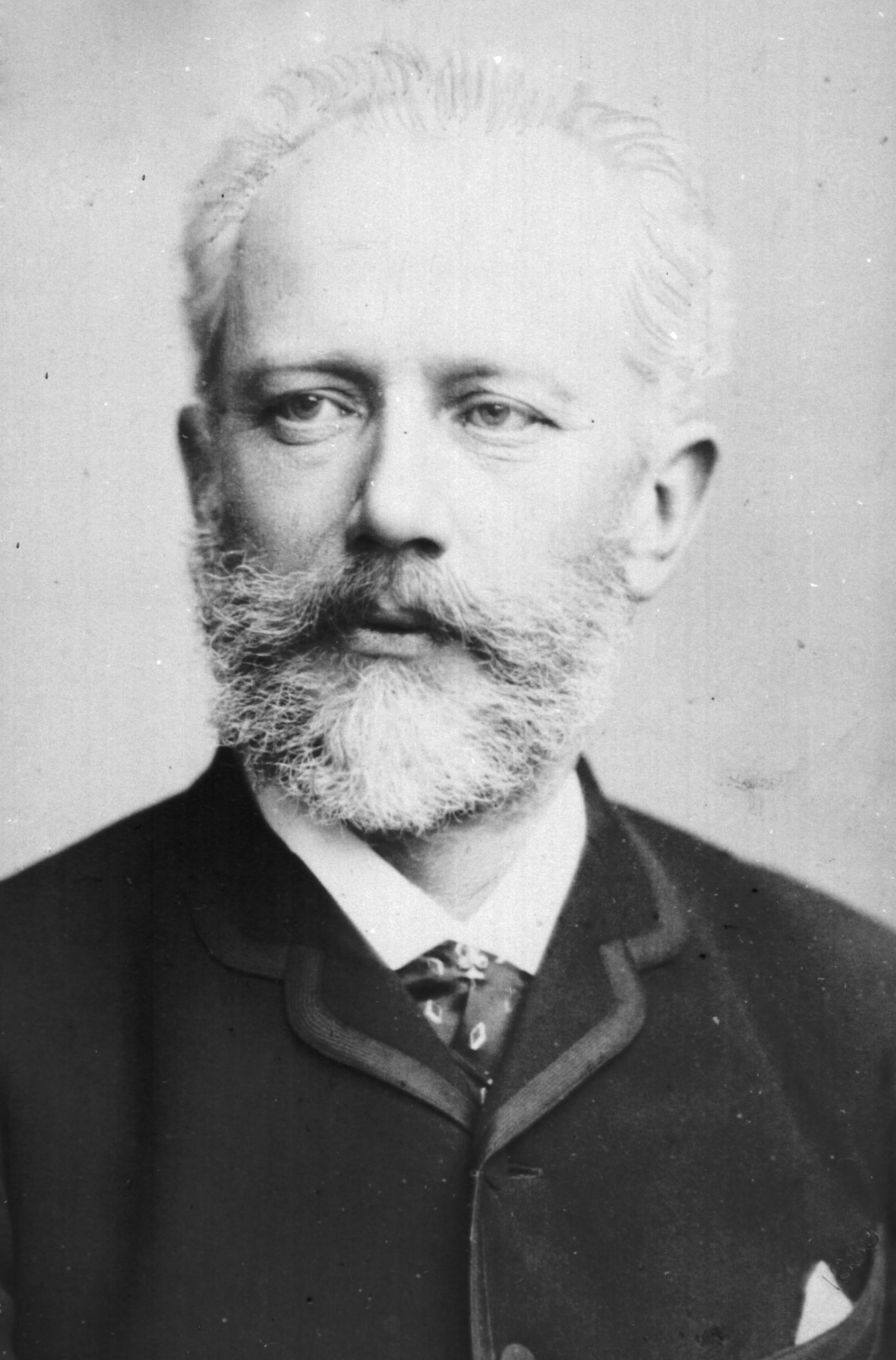The Nutcracker is as closely associated with the Christmas season as Bach’s Christmas Oratorio, the Christmas tree and gingerbread. A ballet visit is a fixed tradition for many classical music fans.
 Tchaikovsky’s ballet is based on the stage play Histoire d’un casse-noisette (“The Story of a Nutcracker”) by Alexandre Dumas, adapted from the original story “The Nutcracker and the Mouse King” by E.T.A. Hoffmann.
Tchaikovsky’s ballet is based on the stage play Histoire d’un casse-noisette (“The Story of a Nutcracker”) by Alexandre Dumas, adapted from the original story “The Nutcracker and the Mouse King” by E.T.A. Hoffmann.
World-famous today as set to music by Tchaikovsky, it is the story of Clara who gets a Nutcracker as a Christmas present. In a dream she goes adventuring with the Nutcracker, initially having to compete with the Mouse King, and as thanks finally getting to know the land of sweets. Remarkably enough, its première on 18 December 1892 in St. Petersburg’s Mariinski Theatre was not a success. Even Tchaikovsky himself was full of doubt about the ballet’s quality during the creative process and clearly preferred his opera Iolanta, composed at the same time as part of a commissioned double-bill programme.
This concern is hard to comprehend today. Although The Nutcracker has become an integral part of today’s repertoire, Tchaikovsky’s ballet took decades to get established in the world. It was only through George Balanchine’s staging in the mid 1950s that the work made its final breakthrough.
The festive music, spreading an expectant mood that takes the listener into the world of fantasy, includes several potentially very catchy pieces, above all, of course, the “Dance of the Sugar Plum Fairy”. In this piece Tchaikovsky used for the first time the celesta that he had encountered in Paris. He had kept this novel instrument a secret in order to forestall its earlier use by his composer colleagues.
The film The Nutcracker and the Four Realms, directed by Lasse Hallström and Joe Johnston, which was just released in cinemas at the beginning of November, evidences the enduring popularity of the Nutcracker story. Although the film treatment differs significantly from the ballet plot and is sometimes reminiscent of Alice in Wonderland, the film clearly refers to Tchaikovsky.
For one thing, two ballet scenes are directly incorporated into the plot; on the other hand, the film composer James Newton Howard deliberately uses Tchaikovsky’s music, an entire 20%, according to the composer’s own account – a lovely surprise for classical music fans. Used for the recordings were greats of classical music such as Lang Lang and Gustavo Dudamel, and even engaged for the ballet scenes was no less than Misty Copeland.
The fact that the music of the two composers harmonises wonderfully makes the film a musical treat, and perhaps this year the tradition of ballet attendance at Christmas time will also be joined by a visit to the cinema.
We wish you a Merry Christmas and Happy New Year!
Your Henle Bloggers,
Norbert Gertsch
Peter Jost
Norbert Müllemann
Annette Oppermann
Dominik Rahmer
Wolf-Dieter Seiffert

